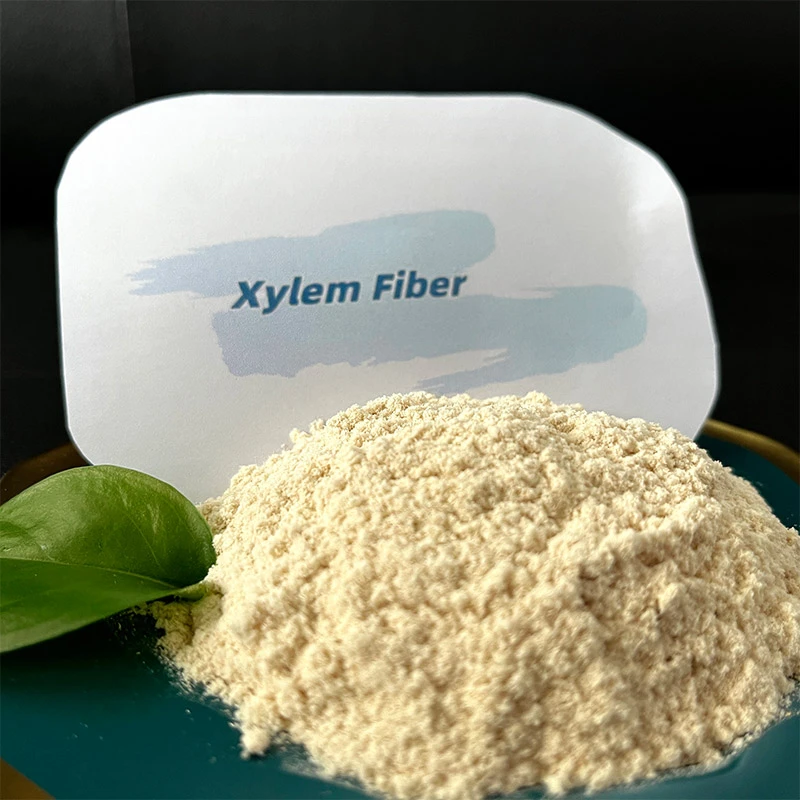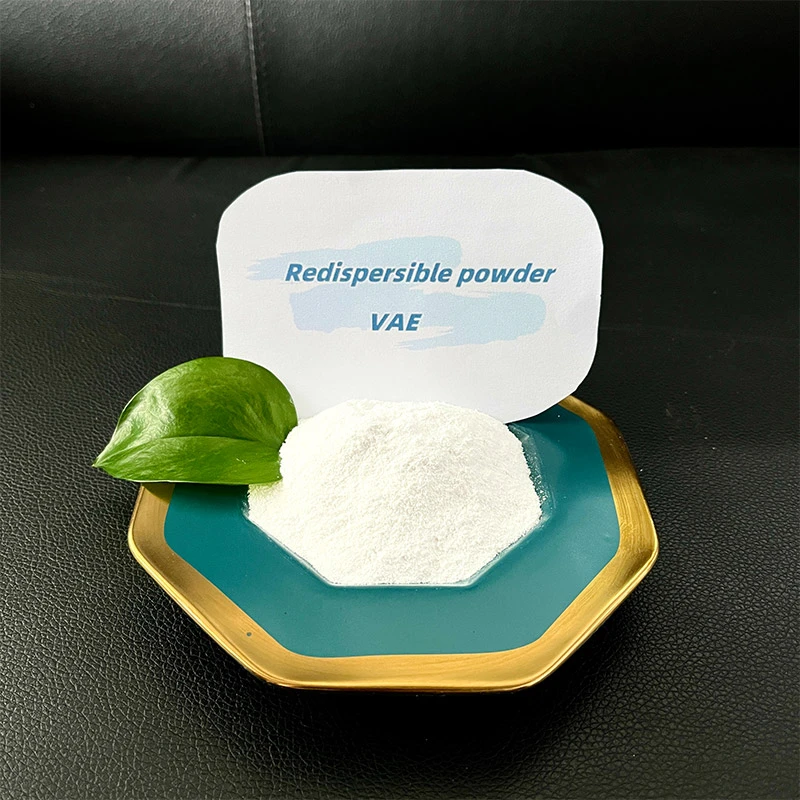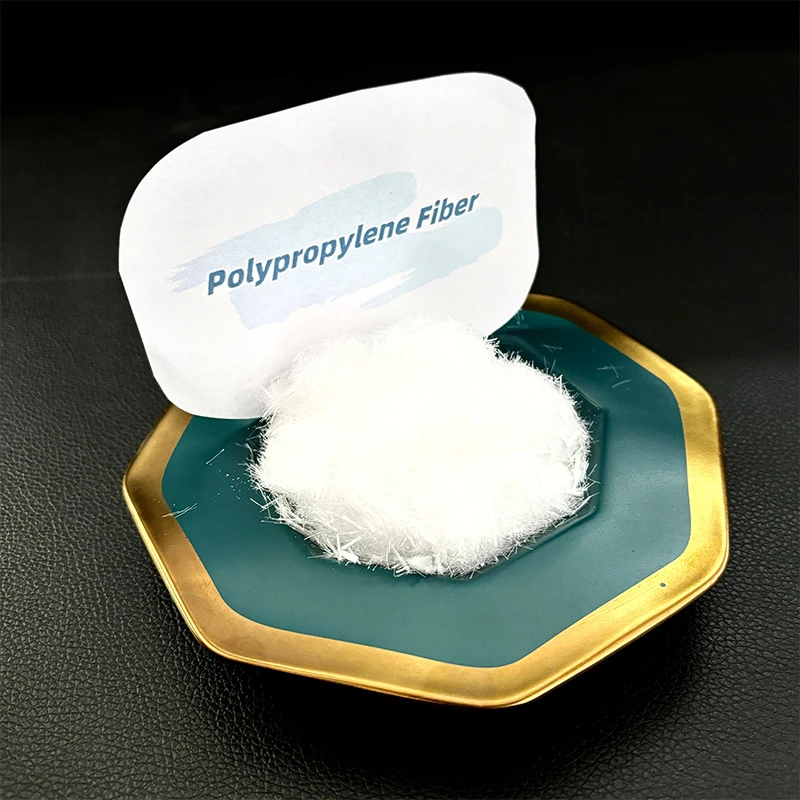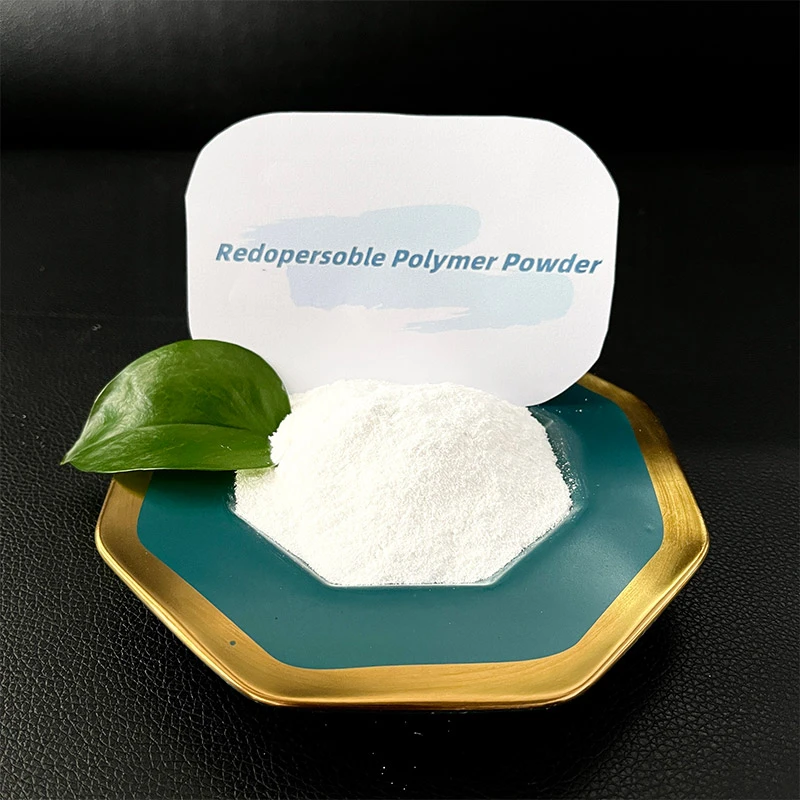Rubber Powder is a cutting-edge recycled material obtained by grinding waste rubber into fine granules, widely used across polymer compounds, tire production, coatings, industrial gaskets, and more. Amidst rising sustainability standards and advanced recycling technologies, understanding rubber powder uses is vital for manufacturers, engineers, and buyers seeking cost-effective and high-performance solutions. This in-depth guide explores market trends, technical data, production processes, and Rubber powder-821 as a standout product backed by real-world applications and professional insights.

1. Industry Trends & Market Outlook (2024)
- Global Market Size (2024E): USD 2.4 Billion. Projected CAGR (2024-2029): 7.9% (Grand View Research, 2024).
- Key Growth Drivers: Circular economy push, tire recycling mandates, cost reduction for rubber compounds, improved nitrile rubber powder resilience.
- End-use Verticals: Tires, industrial floorings, coatings, sealants, shoe soles, modified asphalt, and sports fields.
- Emerging Techs: Cryogenic/electro-mechanical grinding, nano-structured fine rubber powder, hybrid rubber/talc blends.
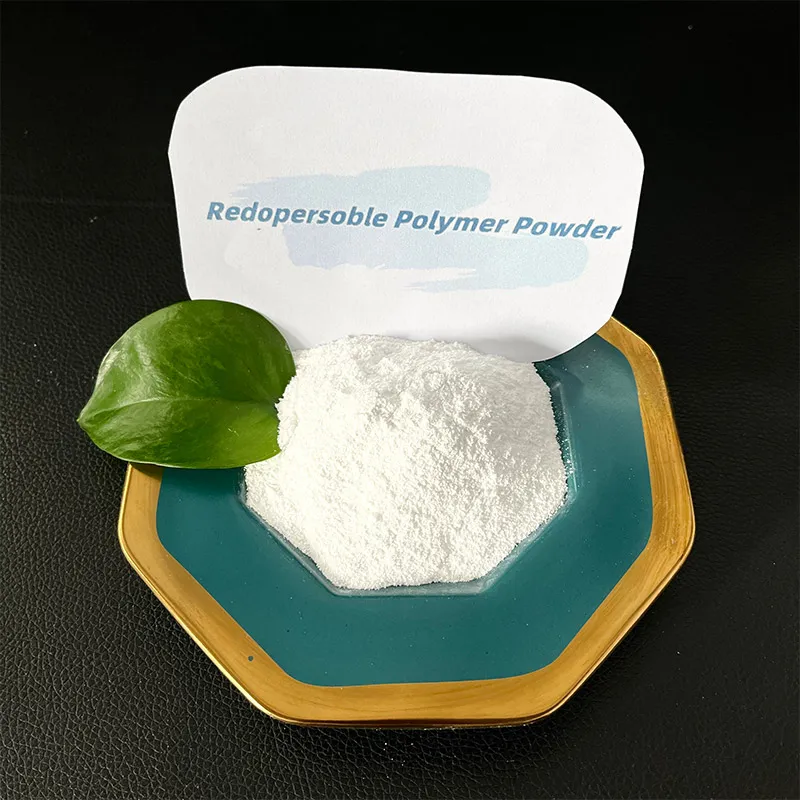
2. What is Rubber Powder? Technical Overview & Main Parameters
Material Source & Types
Derived from scrap tires, SBR, or nitrile rubber powder. Types include coarse (180-400μm), fine (40-100μm), or surface modified grades for rubber powder coating or anti-tack applications.
Key Physical Properties
- Particle Size:40–400 μm
- Moisture Content:<0.5%
- Purity:>98.7% (free from steel/textile)
- Bulk Density:450–650 kg/m3
International Standards
- ISO/TS 9273: Rubber recycling - Particle size spec.
- ANSI/ASTM D5603 for Recycled Rubber Quality
- REACH/FDA for coating & compound approvals
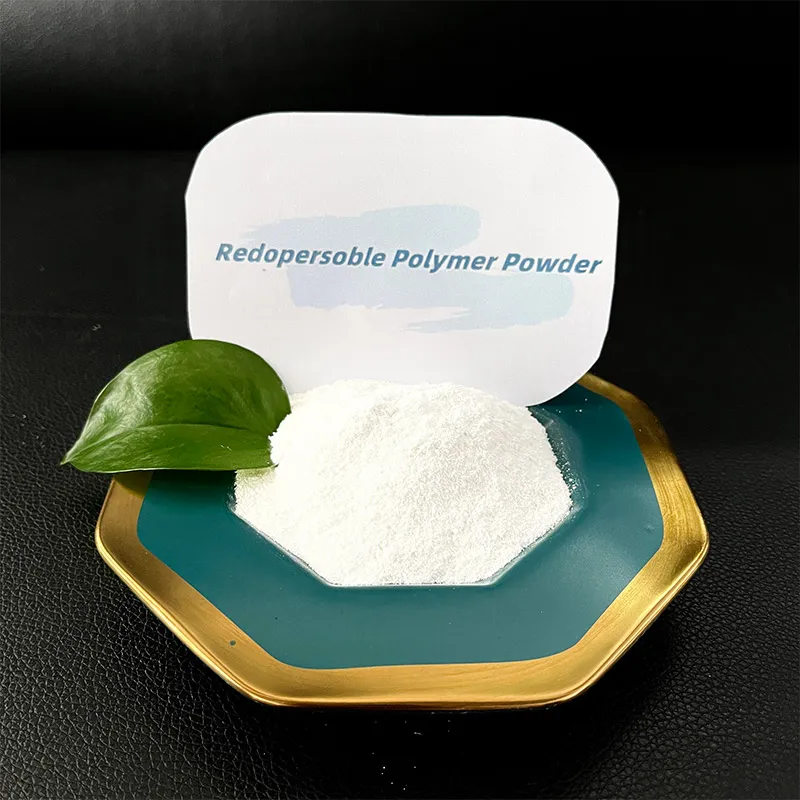
Rubber Powder Parameters & Rubber Powder Uses Table
| Application | Grade (Particle Size) | Industry | Value-Added (USD/ton) | Technical Benefits |
|---|---|---|---|---|
| Rubber powder uses in Tire Tread | 80-120 mesh (≤175μm) | Automotive | 115-150 | Good abrasion & consistency |
| Rubber powder for Asphalt Modifier | 40-80 mesh (450–180μm) | Infrastructure | 120-160 | Enhanced elasticity, crack resistance |
| Nitrile rubber powder for EPDM Compounds | 80–200 mesh (175–75μm) | Industrial/Automotive | 140-175 | Oil/solvent resistance, anti-tack |
| Rubber powder coating | Microfine (<63μm) | Coating/Construction | 155-190 | UV, chemical resistance, tight film |
| Talc powder for rubber blend | Blend | Rubber Compound | 25-40 | Improves processing, prevents sticking |
3. Production Process: Manufacturing Flow of Rubber Powder
Stepwise Manufacturing Diagram – Rubber Powder Uses Supply Chain
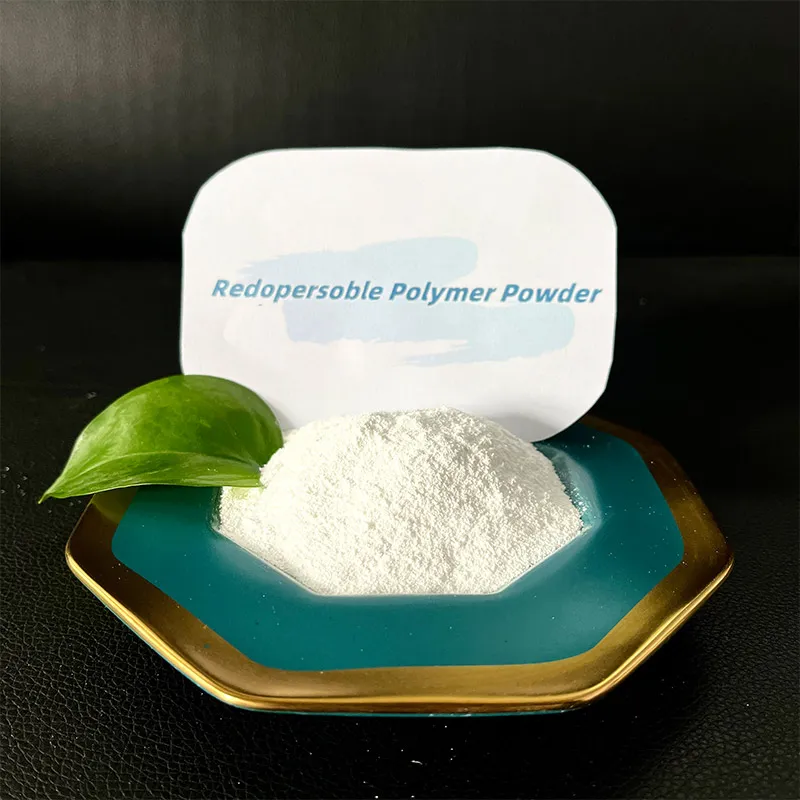
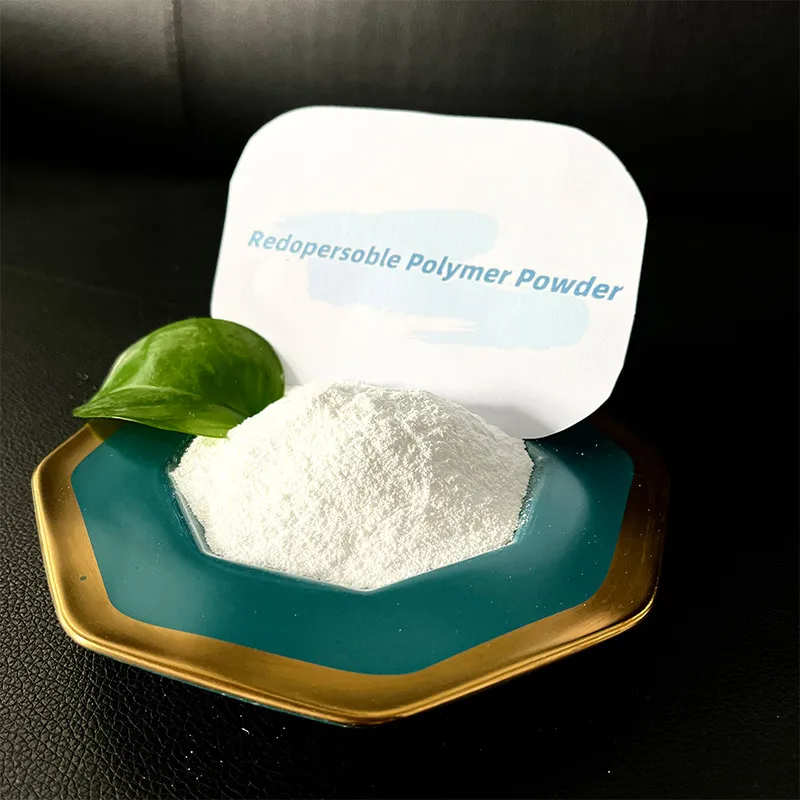
- 1. Raw Material Collection: Waste tires, SBR/EPDM scrap, NBR pieces (pre-inspected for contaminants)
- 2. Primary Shredding: Hydraulic crushers reduce size to 40–100mm chips. Magnetic separator removes steel wire.
- 3. Fine Grinding/Milling: Cryogenic or ambient mills crush chips to required mesh. Sifter ensures size uniformity (e.g., 80–200 mesh for fine rubber powder).
- 4. Surface Modification (Optional): Rubber anti-tack powder, talc powder for rubber, or chemical additives blended in for processing optimization.
- 5. Packaging & QC: Graded powder packed in moistureproof bags. Samples sent for ISO/ASTM testing—particle size, purity, moisture, and ash content are validated.
- 6. Supply: Delivered globally for tire, coating, sealant, and downstream rubber powder uses.
4. Featured Product: Rubber powder-821

- Model: Rubber powder-821 | Official Product Page
- Particle Size: 90–150 μm (typically 100 mesh)
- Color: Black
- Purity: ≥99.2%, steel-free
- Moisture: ≤0.20%
- Bulk Density: 540–665 kg/m3
- Surface Modifier: Talc-powder blend option for improved anti-tack
- Compliance: ISO/TS 9273, ANSI D5603, RoHS, REACH
- Service Life: Up to 20 years in standard tire applications
- Applications: Tire compounds, rubberized asphalt, sealants, shoe soles, anti-tack powders, coatings

Product Comparison Table: Rubber powder-821 vs Key Competitors
| Brand | Product | Mesh Size (μm) | Purity (%) | Moisture (%) | ISO Certified | Rubber Powder Price (USD/ton) |
|---|---|---|---|---|---|---|
| HuaBang | Rubber powder-821 | 90–150 | ≥99.2 | ≤0.2 | Yes | 135–160 |
| Genan | GENAN Fine Powder | 63–180 | ≥98.5 | ≤0.5 | Yes | 140–170 |
| Liberty Tire | Micro-Rubber® | 75–200 | ≥97.6 | ≤0.6 | Yes | 152–182 |
| Entech | UltraFine Powder | 100–200 | ≥98.2 | ≤0.4 | Yes | 142–160 |
5. Technological Advantages: Why Choose Fine Rubber Powder?
- Fine rubber powder provides increased surface area for better adhesion in rubbers and coatings.
- Surface-modified powders enable customizable rubber powder uses including anti-tack, heat resistance, & chemical durability.
- Reduces virgin polymer consumption by 10–25% per formulation (Elsevier Journal, 2021).
- Meets stringent RoHS, REACH, and ISO environmental compliance.
- Optimized for both hot melt and aqueous rubber powder coating processes.
6. Tailored Solutions: Customization & Support
Customization Options
- Mesh Size: From 40 mesh (coarse) to 200 mesh (ultrafine) to control modulus, texture, and application fit.
- Surface Modification: Blending with rubber anti tack powder or talc powder for rubber for optimized processing.
- Packaging: 20kg, 25kg, 600kg super sacks depending on project size or automated production lines.
- On-site Technical Training: For major industrial clients installing new rubber powder production line equipment.
7. Application Case Studies & Industry Feedback
Case 1: Rubber powder-821 in Tire Compounds (Leading global tire OEM, 2023)
- Formula: 9% Rubber powder-821 + SBR + Silica + Antioxidant
- Achieved: 7% wear improvement; cost savings 12%/batch; passed ISO 28580 rolling resistance test
- Customer Quote: “High purity and uniformity of powder-821 allowed for seamless integration into our green tire recipes” (Lead Material Engineer, APAC).

Case 2: Modified Asphalt in Municipal Infrastructure
- Project: State expressway (500km), completed 2022
- Composition: 14% rubber powder-821 w/ talc powder for anti-tack
- Result: Rutting reduced by 31%, surface microcracking reduced, cost per km decreased by 10.4%
Case 3: Rubber powder coating for Industrial Floors
- Usage: Blended microfine powder with latex emulsion, sprayed onto warehouse floors
- Benefits: Enhanced non-slip, chemical & UV stability, wears 2x slower than mineral-based coatings
- Standard: ASTM D4060 (Abrasion), ISO 8191 (Flame Spread)
8. Professional FAQ: Rubber Powder Terminology Explained
-
Q1: What is the difference between fine rubber powder and standard rubber powder?
A: Fine rubber powder (usually <100μm) has a larger surface area, providing superior dispersion and adhesion in polymers, coatings, and sealants. Standard powder (150–400μm) is mainly used for bulk fill or cushioning. -
Q2: How does nitrile rubber powder differ from SBR powder in applications?
A: Nitrile rubber powder is oil/chemical resistant and often used in industrial gaskets and automotive sealants, while SBR powder is favored in tires, rubber flooring, and shoe soles for abrasion and cost benefits. -
Q3: What is the function of rubber anti tack powder?
A: Anti tack powders (talc/silica or specialty blends) prevent rubber sheets from sticking during mixing, storage, or transport, speeding up production lines and enhancing compound uniformity. -
Q4: Are there industry-recognized standards for rubber powder uses?
A: Yes. Key standards include ISO/TS 9273 (size and purity), ANSI/ASTM D5603 (recycled rubber), ASTM D412 (mechanical testing for rubber blends), and REACH/FDA when used in coatings or food-contact items. -
Q5: What are the key parameters to control when choosing rubber powder?
A: Particle size (mesh), moisture content, steel fiber contamination, ash, surface chemistry (e.g., talc-coated), and international certifications. -
Q6: How does talc powder for rubber complement rubber powder?
A: Talc acts as a processing aid, prevents sticking, and improves compound flow. In rubber powder, talc coating can further facilitate blending and anti-tack properties in extrusion or calendering. -
Q7: What support is available from the supplier for commissioning a rubber powder production line?
A: Suppliers such as HuaBang provide design consultation, equipment specification, on-site training, and post-installation technical support to ensure compliance with ISO/ASTM standards and maximum process efficiency.
9. Delivery, Warranty & Support
- Lead Time: Standard shipment within 7–15 business days after order confirmation.
- Warranty: 2-year product guarantee. Technical support provided throughout project lifecycle.
- Quality Control: Every batch tested for size, purity, and performance per ISO/ASTM.
- Support Channels: 24/7 technical hotline, rapid response (
- Customized supplier audits and documentation for major contracts in petrochemical, metallurgy, and water supply sectors.
10. FAQ: Frequently Asked Questions about Rubber Powder Uses
-
Q1. Can rubber powder replace virgin rubber completely?
A: It is generally used as a partial replacement (up to 35% in most compound recipes) to balance cost and mechanical performance. -
Q2. What is the most cost-efficient rubber powder price range in 2024?
A: For fine mesh (80–120 mesh) rubber powder, USD 135–172/ton depending on purchase volume and surface modification. -
Q3. Which industries most benefit from rubber powder uses?
A: Tire manufacturing, asphalt modification, shoe sole compounding, industrial gaskets, and high-performance rubber powder coating. -
Q4. How long does Rubber powder-821 last in real applications?
A: Up to 20 years in properly formulated tire treads; 6–12 years in external sealants or coatings under normal UV exposure. -
Q5. Any certifications required for export?
A: Yes – ISO/TS 9273, REACH, MSDS, and local environmental certification are mandatory for key markets.
11. References & Further Reading
“Recycled rubber powder has revolutionized the tire and elastomer sector, providing a circular solution with stable costs and eco-profile. Its adoption in polymer modification has seen a steady increase, driven by performance and sustainability mandates.”
— Rubber News Recycling Forum, 2023
— Rubber News Recycling Forum, 2023
“Multi-functional rubber powder uses span from high-performance asphalt to advanced polymer coatings, validated by international standards and real-world case studies.”
— Construction & Building Materials, Elsevier, 2021
— Construction & Building Materials, Elsevier, 2021
“The maturity of rubber powder production line technology combined with ISO/TS based QC has made China and EU leaders in the recycled rubber market.”
— Grand View Research, 2024
— Grand View Research, 2024
Explore detailed product data and technical support at: Rubber powder-821












